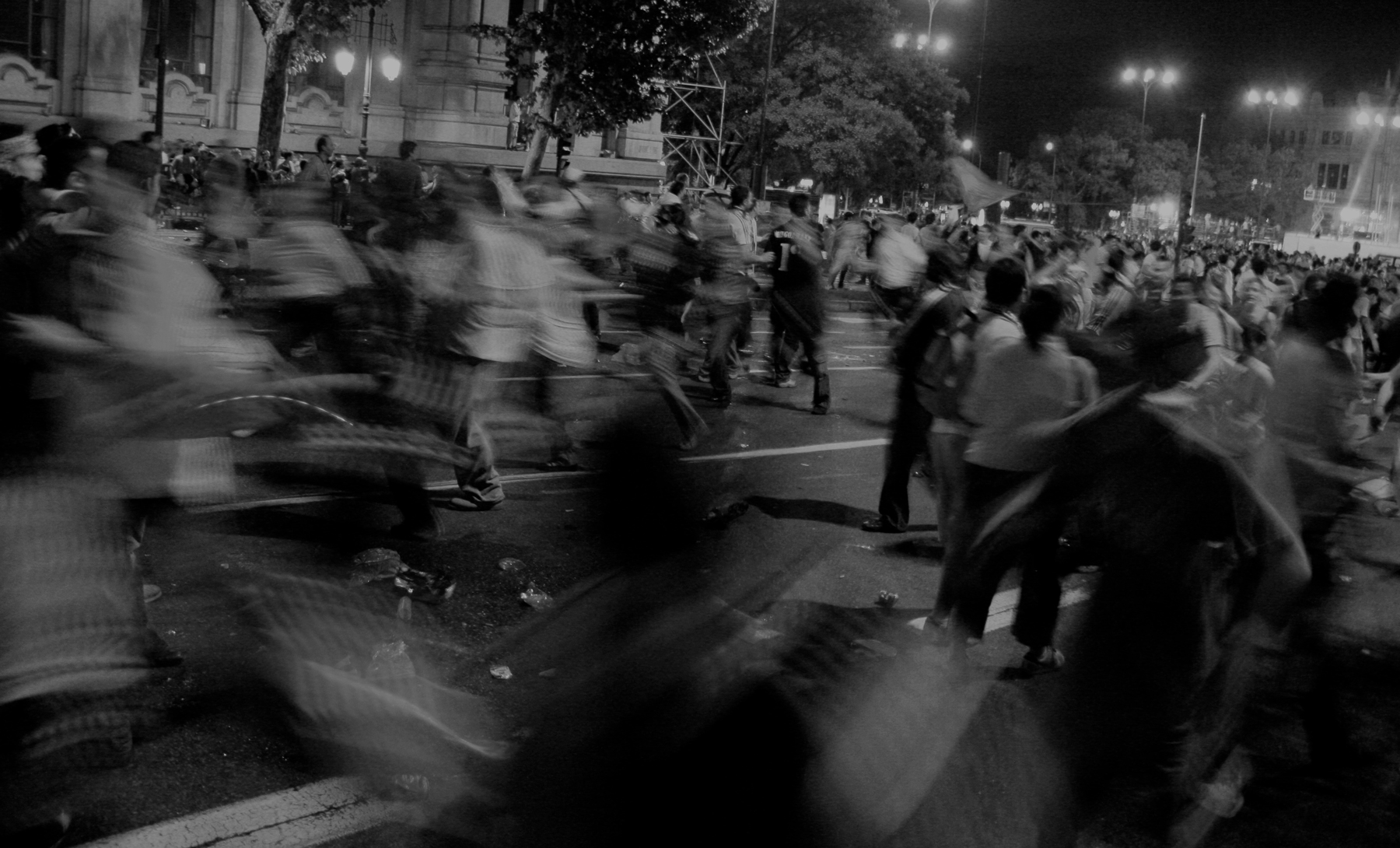Dear MoJo Community,

A rebirth of global authoritarianism. A spiraling climate crisis. Our nation’s racist demons growing bolder. And, at the same time, a growing movement to reclaim the power stolen from citizens and realize the promise of American democracy.
These are the themes of the moment we’re living in, but they did not come from nowhere, nor will they disappear when the current president vacates the White House. This is why, several years ago, we began talking about what Mother Jones could do to have the most impact in the long term.
The biggest challenge we saw was this: The traditional model for high-quality, independent reporting that can hold the powerful accountable was dead and not coming back. And no one had invented another one, despite all the frothy talk of tech saviors.

That’s why we launched The Moment for Mother Jones, aiming to raise $25 million from our community of readers so we're not beholden to anyone but you, to show that there is another way: independent, no-holds-barred journalism that is supported by and accountable to its community of readers.
It was an ambitious, some would (and did) say crazy, goal—but MoJo isn’t known for shrinking from a challenge, and neither are you, our readers. Over the past five years, readers have pitched in more than $24.5 million in current gifts and future commitments, enabling us to build an even stronger nonprofit newsroom that can stand up to the threats—economic and political—that are eroding journalism just when it’s needed most.
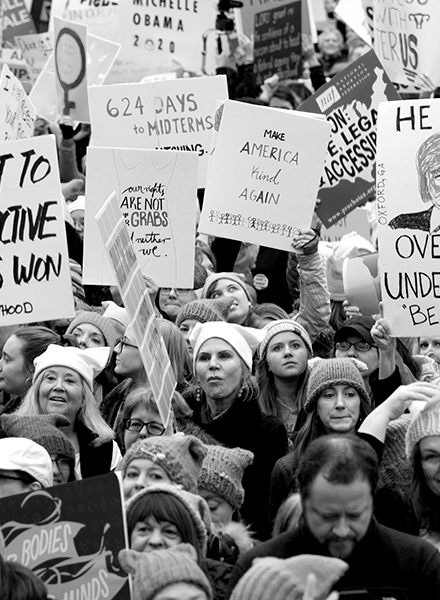
Please continue reading to see the amazing work that you, our readers, have brought to life. And I hope you can join in because this is the year we're bringing this unprecedented campaign to a close. No matter the amount—$5 or $5,000—your support will strengthen Mother Jones during this critical moment. And thanks to a group of generous MoJo donors, every dollar you donate to the Moment campaign will be matched dollar for dollar, up to $650,000.
Thanks for reading, and for everything you do to make Mother Jones what it is.

Monika Bauerlein, CEO
This is the moment for Mother Jones and our readers.
Five Strategic Priorities
The mission is simple but transformative: Create a solid foundation for fearless, independent journalism that exposes abuses of power and advances change. Your support, along with that of tens of thousands of other readers, will go toward five priorities designed to increase the impact, reach, and power of our reporting at a time when the economics of news are pulling in the other direction.
- Build a bigger, faster-moving, and deeper-diving newsroom focused on core issues of justice and fairness.
Producing investigative journalism that reveals how power works has been Mother Jones’ mission since we launched as a nonprofit in 1976. But amid a crisis for journalism and democracy, the challenge is much greater, and we can rise to it. - Reach more people who care about truth and transparency, and bring the MoJo community into the reporting process, so powerful reporting can beget powerful change.
Mother Jones readers take our reporting out into the world to fight for change. And it’s not a one-way street: Your expertise and engagement also inform and inspire our work. Together we can help lift the voices of citizens to push back against propaganda and disinformation. - Strengthen our business model to sustain Mother Jones reporting and share what we learn with the growing nonprofit, independent news movement.
Real reporting costs money. Reader support, along with a healthy dose of earned revenue, creates the independence that an uncompromising newsroom needs in these tough times for journalism. - Train and launch the next generation of fearless, diverse media professionals.
Since 1980, we’ve trained hundreds of courageous reporters who now work at some of the nation’s leading media organizations—including Mother Jones! And we’re launching a new investigative reporting residency to give passionate midcareer journalists the backing of Mother Jones to go deep on a big story. - Deploy the best technology for storytelling, impact, and audience engagement.
Great journalism requires great technology—to analyze piles of data, get stories out on constantly changing platforms, and use video and audio to reach new readers where they are.
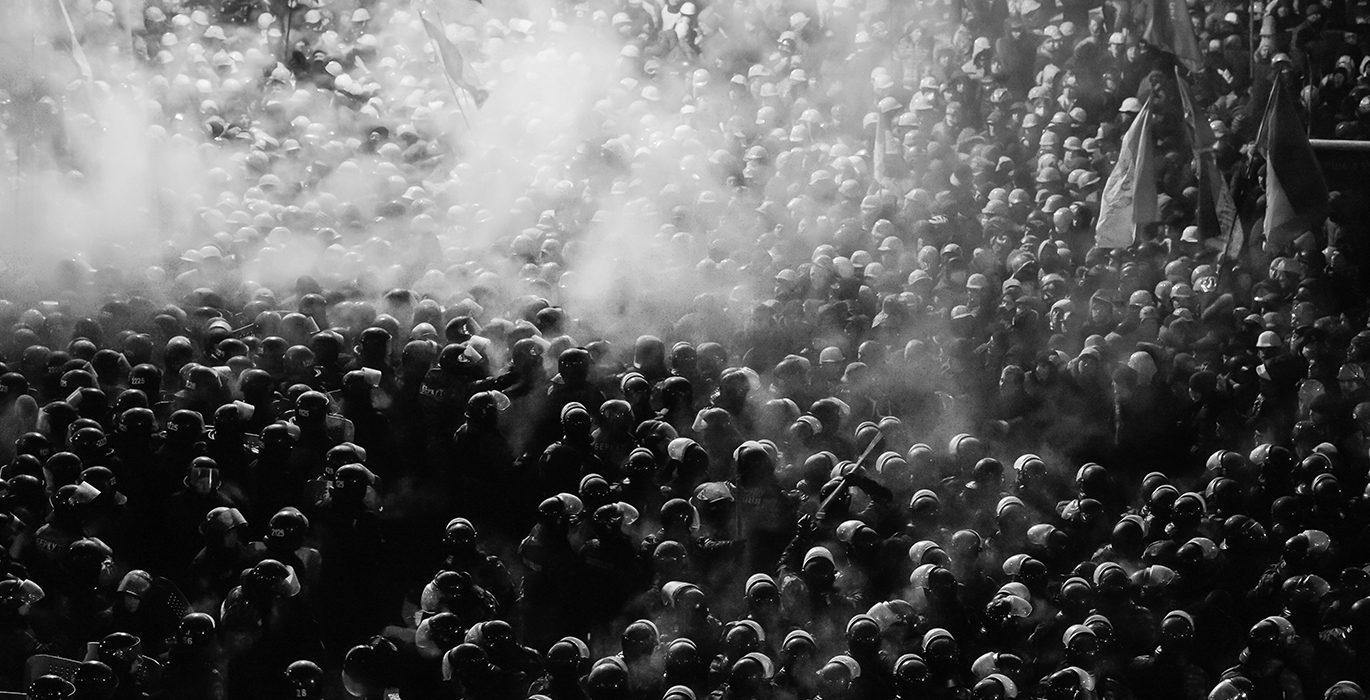
Impact of The Moment
When we say this is a transformative moment for Mother Jones, we know you want us to back up that claim (like everything else we report!). Here are just some of the ways that reader support through the Moment campaign has created powerful journalism that we could never have done otherwise.
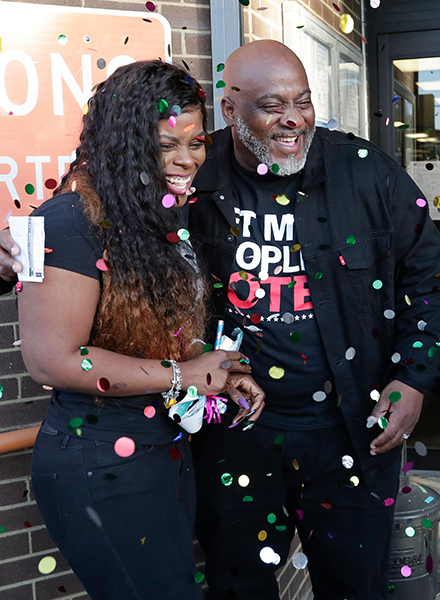
Voting Rights and Voter Suppression
The issue that may decide 2020
The 2016 election was likely not swung by people who were too apathetic to vote—but by laws that blocked people who very much wanted to cast a ballot. Voter suppression is estimated to have cost up to 45,000 votes in Wisconsin, a state Trump carried by 22,748 votes. This year, the Supreme Court opened the door to massive election rigging with its ruling on partisan gerrymandering, and pushed hard to include a citizenship question on the 2020 census—a clear play to increase the undercount of immigrant communities.
Thanks to funding from The Moment, which created a new position focused solely on voting rights, senior reporter Ari Berman was able to break major news on all of the above stories. And each time he shares his work on television or radio, or in appearances across the country, more people find out the truth about the fight that will shape not just 2020, but many elections to come. Like Ari said when talking about his work last year, “When people know what's happening in their democracy, they want to change it.”
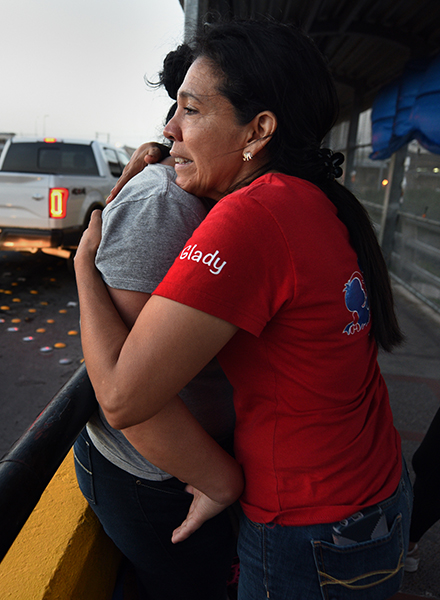
Immigration
The stories behind the headlines
Spreading lies about immigrants and immigration has been a central element of the escalating attack on these communities. Thanks to The Moment, there are now two reporters at Mother Jones working full time to tell accurate, rigorous stories about a defining issue of this time.
Fernanda Echavarri—our first-ever reporter based in Los Angeles, and we hope not the last—and Noah Lanard, in the Washington, DC, bureau, were able to take readers inside a shelter for teenage migrants, and onto the bridge where asylum seekers wait for days in the sweltering heat. They showed exactly how the policy twists in Washington turn the lives of real people upside down—and how communities rally to support their neighbors. Support from The Moment gave us the resources to ramp up this vital beat at a time when most newsrooms are forced to do more with less.
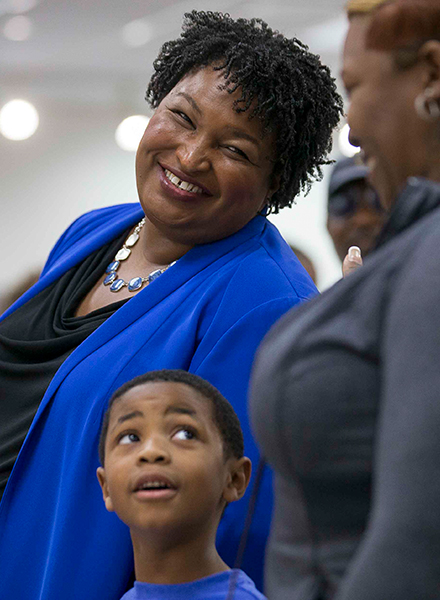
Racial Justice
Calling racism what it is
Too often, journalism has been timid or shallow in covering issues of racial justice. (Remember “racially tinged”?)
As part of The Moment, we have been able to expand and deepen Mother Jones’ coverage of racial justice across the board, and dedicate some of our most seasoned reporters—such as Jamilah King—to it full time. Jamilah identified the continuing rise of women of color in political leadership as a major story early on, and her profiles of leaders such as Sen. Kamala Harris, Rep. Lucy McBath, and Stacey Abrams helped introduce them to a wide audience. Jamilah also hosts the Mother Jones Podcast—another product of Moment funding—to take all of our stories and reach more people where they are.
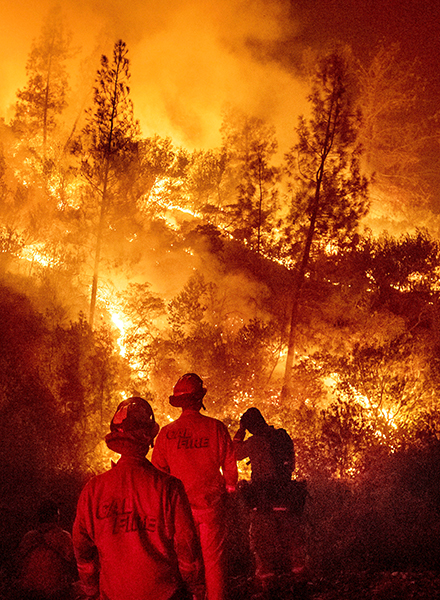
Climate
Covering climate as what it is—the defining story of our time
When other news organizations were laying off their climate reporters and disbanding their environment desks, Mother Jones made climate change one of our top reporting priorities, because it is a crucial, underreported issue of our time.
With help from the Moment campaign, we’ve been able to dig deeper on the forces behind the escalating crisis of climate change (from Americans becoming climate refugees to farmers seeking new ways to put food on your plate). We also now share that reporting with more than 17 other news organizations that are part of the Climate Desk collaboration, from the Guardian to the Weather Channel. And it was MoJo’s Rebecca Leber who first zeroed in on what Scott Pruitt was doing to the EPA, and how Trump appointees have been wrecking public-lands protections at the Department of Interior. And as the presidential campaign gathers speed, Rebecca has been a major voice in the discussion over how the candidates are addressing the climate crisis.
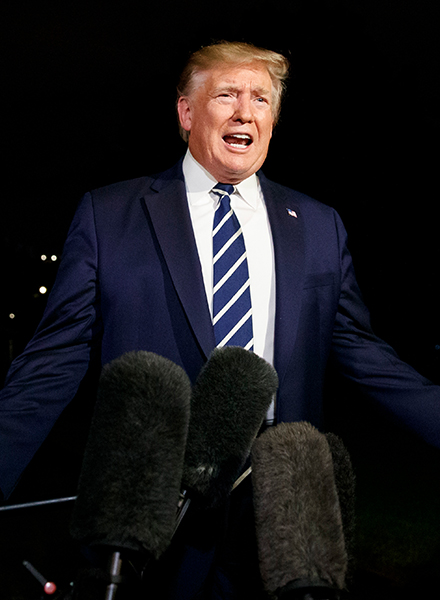
Doubling Down in DC
Trump is a symptom, not the cause, of a broken political system.
There's no doubt that the media, and its need for ratings or pageviews, has been played like a fiddle by Donald Trump. But at Mother Jones, reader support through The Moment has allowed our reporters to focus on the forces behind the headlines and tweets.
Led by David Corn, our Washington, DC, bureau has grown to 20 journalists, and we added full-time positions dedicated to systemic corruption, disinformation, national security, and more as their own beats. Dan Friedman, who covers foreign influence in DC, said that when he joined the team, “I knew I'd get to do in-depth investigative reporting, which isn't guaranteed for most journalists today.” And because we answer only to readers, not advertisers or investors, our reporters can go after the truth without hewing to false equivalencies and the insidious “view from nowhere.”
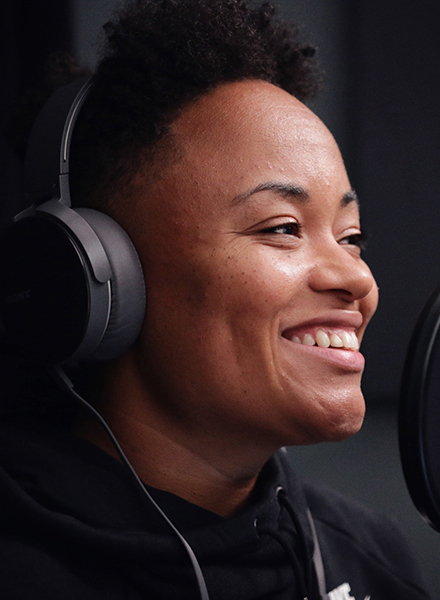
Behind-the-Scenes Work
Getting our team's reporting to more readers
We don’t want to just do great reporting—we aim to make sure it gets to a wide audience. Thanks to The Moment, we’ve been able to invest in video and podcast storytelling (see our recent feature on Syria, “Behind the Lines,” as an example) and live events to get readers together in the real world. And we've invested in tools and staff that help bring readers into the reporting process. All of this has helped us reach more people, including younger and more diverse audiences on a range of platforms.
On the business side, we've modernized the technology that powers our operation and built an all-star cast of nonprofit fundraisers, technologists, and operations staff to keep us going strong for years to come.
There's even more:
Inside a private prison:
In 2016, Mother Jones published what up to that point had been our biggest (in both word count and ambition) story ever: a report by Shane Bauer on his time working as a guard at a private prison in Louisiana. The story had an enormous impact on the conversation about mass incarceration and criminal justice policy: More than 2 million people read it, more than 170,000 people watched the accompanying video series, and through the podcast we produced in conjunction with Reveal from the Center for Investigative Reporting, it reached approximately 3 million of their listeners.
Within weeks of the story’s publication, the Justice Department announced it was phasing out its contracts with private prison firms. Though the Trump administration has rolled back progress on this issue, the impact of Shane’s piece continues to reverberate—and it would never have been possible without The Moment and our community of donors, which allowed us to prioritize criminal justice coverage, give Shane and other reporters the time they need for a complicated story, and deploy a whole team to the fact-checking, editing, and multimedia production required to tell these stories the way they need to be told.
Opioids:
After the 2016 election, Mother Jones editor-in-chief Clara Jeffery was looking at a map that compared the places that swung most decisively and the places that were suffering the most from the opioid epidemic. They overlapped almost exactly, and no one was reporting on what that meant. Thanks to the Moment campaign, we were able to dispatch a great young reporter, Julia Lurie, to investigate the politics and economics of the epidemic—which corporate interests were behind it, which officials failed to address it, and how it has both fed on and exacerbated the hollowing out of communities struggling in the age of economic dislocation. And the response from readers has been incredible. Here’s one email Julia got:
I am a Christian conservative republican. I live in Ohio. I work in the field of opioid addiction. I cannot thank you enough for your work on the opioid crisis. I cried after reading your story. It has really stuck with me all evening. I have never emailed the writer of anything I have read online. But your story has really touched me. There is so much hurt, guilt and blame to go around. We may have different views on politics or how to fix this problem. But I would hope that we can all come together to help these children who are, by far, the biggest victims in the opioid crisis.
Gender justice:
There’s now a whole team of reporters covering issues like the fight for reproductive and workplace rights for women, thanks to the Moment campaign. Madison Pauly, a relentless young reporter, was able to expose repeated sexual harassment allegations at the University of Rochester, and show what it means when police and prosecutors fail to go after a rapist—and allow him to keep attacking more women. Reporter Hannah Levintova was able to investigate the strange story of Scott Lloyd, until recently the Trump administration’s top official in charge of underage migrants, who made it his personal mission to stop migrant teens from getting abortions. (There’s a remarkable plot twist.) And Nina Liss-Schultz, now Mother Jones’ managing editor, could spend the time it took to find, get to know, and carefully (and critically) document the work of the “new abortion underground” that helps women terminate their pregnancies even when politicians and judges try to stop them.
Disinformation and its discontents:
Last year, we asked readers to help us put together a team focusing entirely on the forces behind disinformation—the companies and political leaders who give cover to propaganda especially on social platforms. You rallied to the cause, donating enough money to bring on a reporter dedicated entirely to this topic; to date, Ali Breland and his colleagues on the beat have filed more than 100 stories investigating how Facebook doesn't even try to stop hate groups from manipulating the platform to raise money, to the odd fascination right-wing conspiracy theorists have with pedophilia claims. Going into 2020, this beat could not be more critical.
Expanding the audience:
The Moment has helped Mother Jones grow the number of people who see our journalism dramatically, expanding our promotion efforts in traditional media and social channels. Having staffers dedicated to this full-time has been transformative, and the numbers reflect it: Our reach has grown to between 6 and 8 million each month, and we can reach everyone from magazine subscribers to Instagram video viewers. This is how our reporting can have its most powerful impact with audiences far beyond what we could have imagined a few years ago.
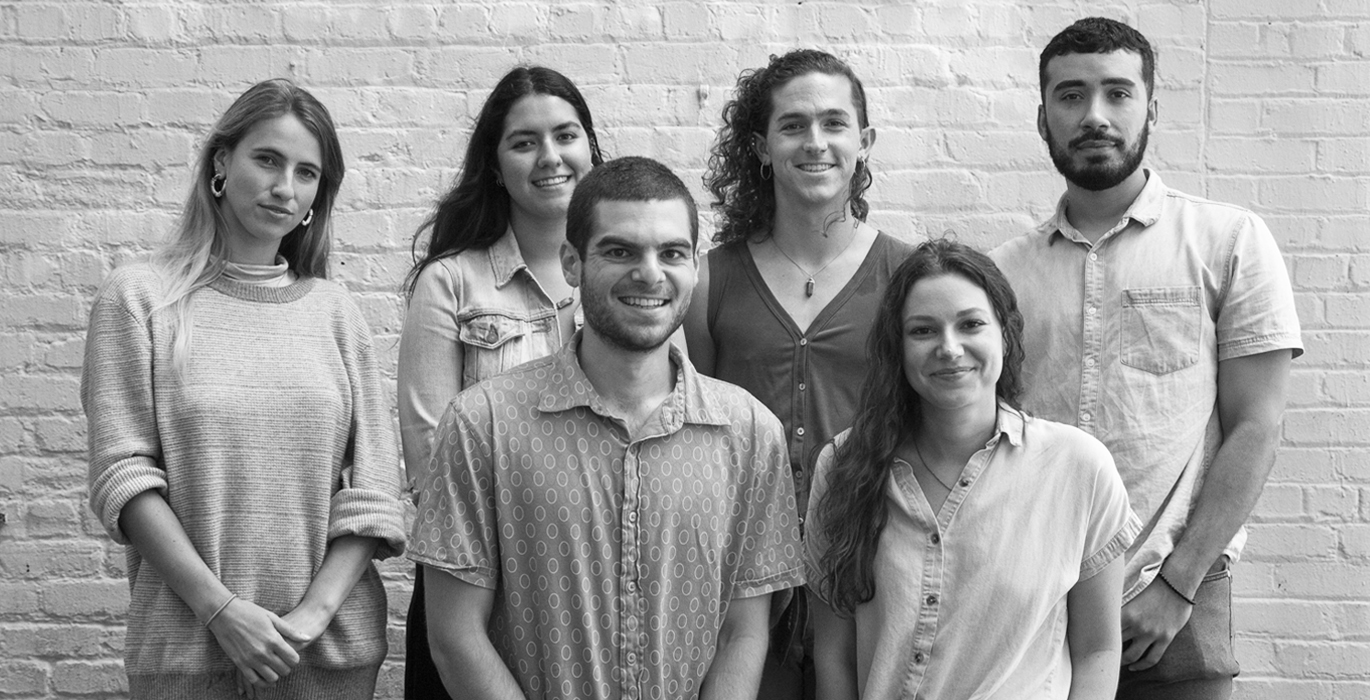
By the Numbers
More reporters, editors, and business team members, better tech tools, and a bigger audience: How does it all add up to the challenge of strengthening quality journalism?
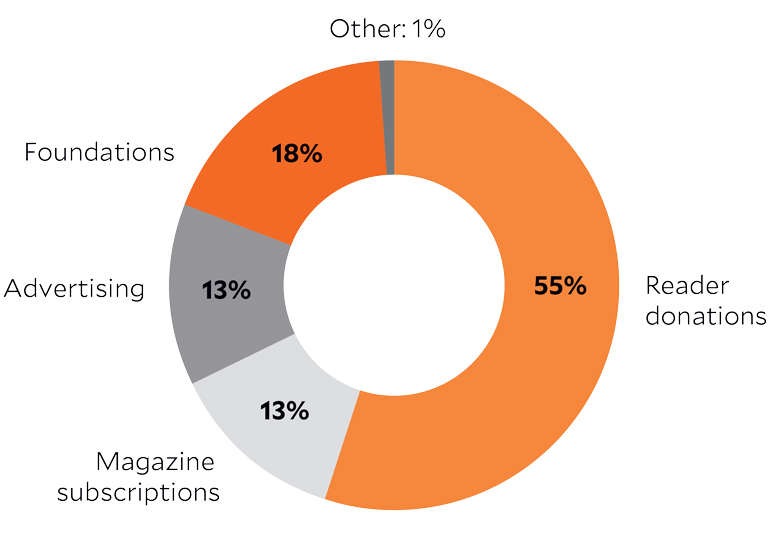
A strong, hybrid business model
The model we’re building is simple—and it's how we believe independent, investigative journalism will survive: Produce powerful reporting that readers find valuable enough to support, and fill out our budget with diverse revenue streams. It’s what the MoJo community has been doing since we launched as a nonprofit magazine in 1976, and it’s what we need to do at a bolder scale today.
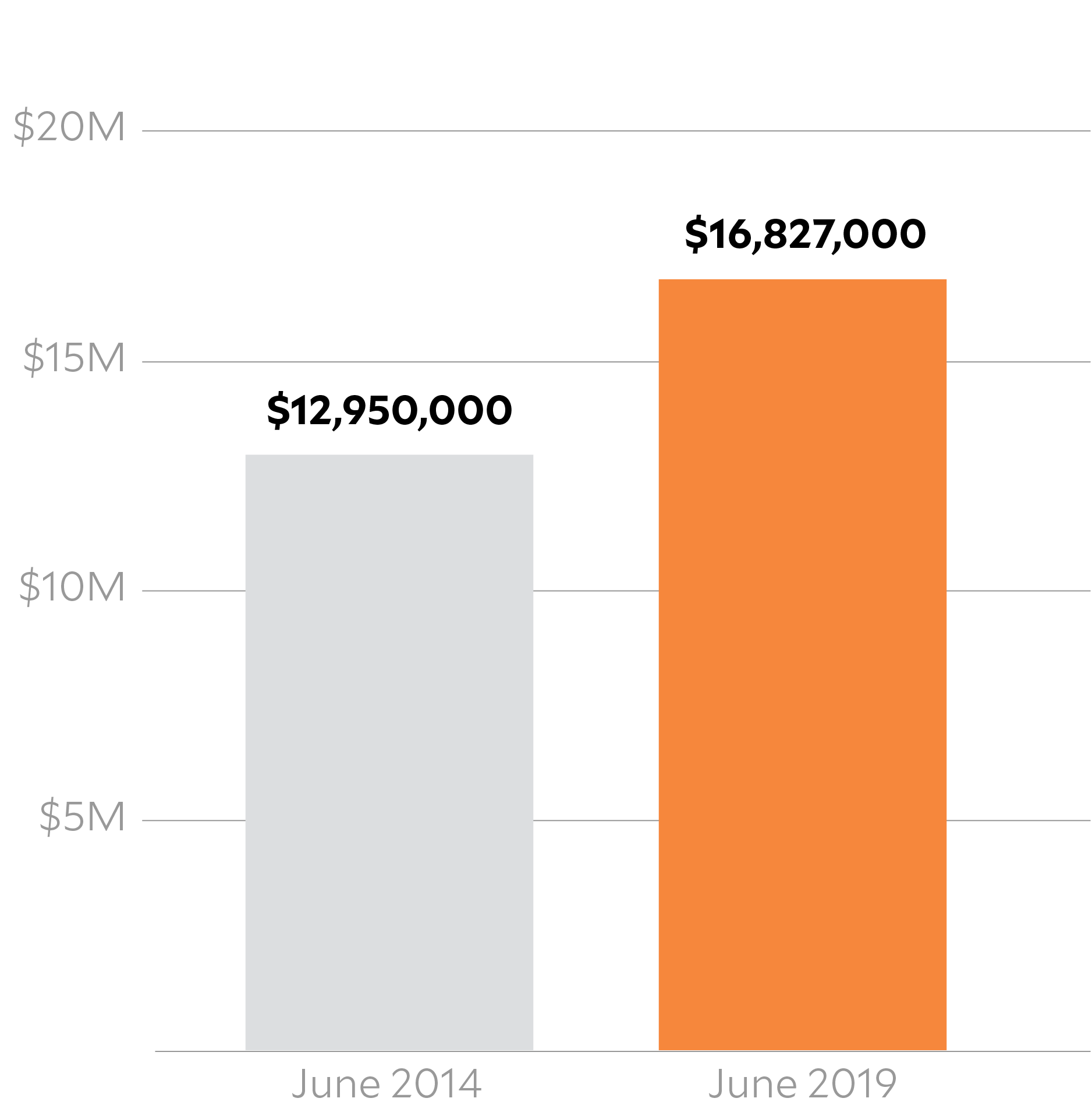
Growing despite market forces
Your support has allowed our budget to increase by 29 percent since we started receiving Moment gifts and commitments in 2015—at the same time that journalism overall has lost billions in revenue and thousands of jobs. Thanks to you, we've been able to weather the dramatic changes in the market, including the incredible power of monopolies like Facebook and Google (Facebook’s algorithm changes alone had cost MoJo some $600,000 in revenue when we wrote about it last year).
There's one mission-critical thing you won't see in these charts: Support from readers allows us to stay fiercely independent. There are no big corporations or billionaires calling the shots at Mother Jones. We don’t have risk-averse advertisers or hedge fund managers holding us back to protect their profits. With a strong spine of reader support, we can devote time and effort to hard stories that advertising alone would never pay for.
Now is the moment to go big.
Five years after we started planning The Moment for Mother Jones, we might just meet our huge $25 million goal in gifts and commitments before the end of 2019—but it's going to take all hands on deck.
Your fellow readers maxed out our $500,000 matching gift, and a group of generous donors has put up another $150,000 in matching gift funds to double all donations and help us wind down our special campaign!
We still have about 1,500,000 left to go!
If you can pitch in $5, please do. If you can pitch in $50, $500, $5,000, or $50,000 please do. For 43 years now, enough of our readers have contributed at whatever level works for them, allowing us to produce hard-hitting journalism you won't find in many other places, and keep it free for everyone, just like the moment demands.
Don't just take our word for it.
Thanks to support from our community of readers, here are some of the notable accolades and awards our reporting have won through the years. They're yours every bit as much as they're ours.

National Magazine Award (Magazine of the Year), Winner
Mother Jones Magazine
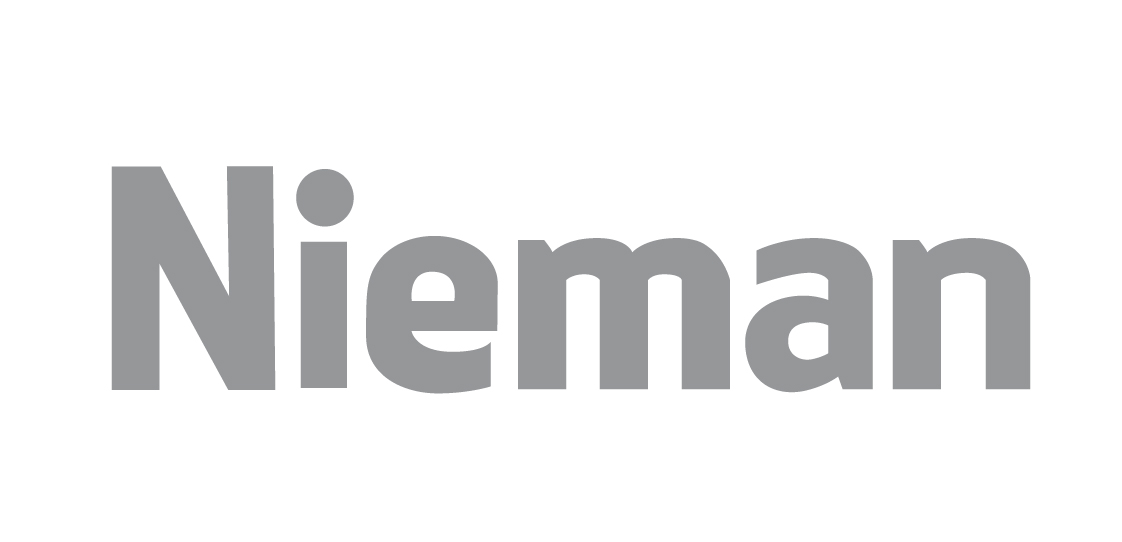
Nieman Foundation at Harvard
I.F. Stone Medal for Journalistic Independence

Goldsmith Prize for Investigative Reporting
“My Four Months as a Private Prison Guard,” Shane Bauer
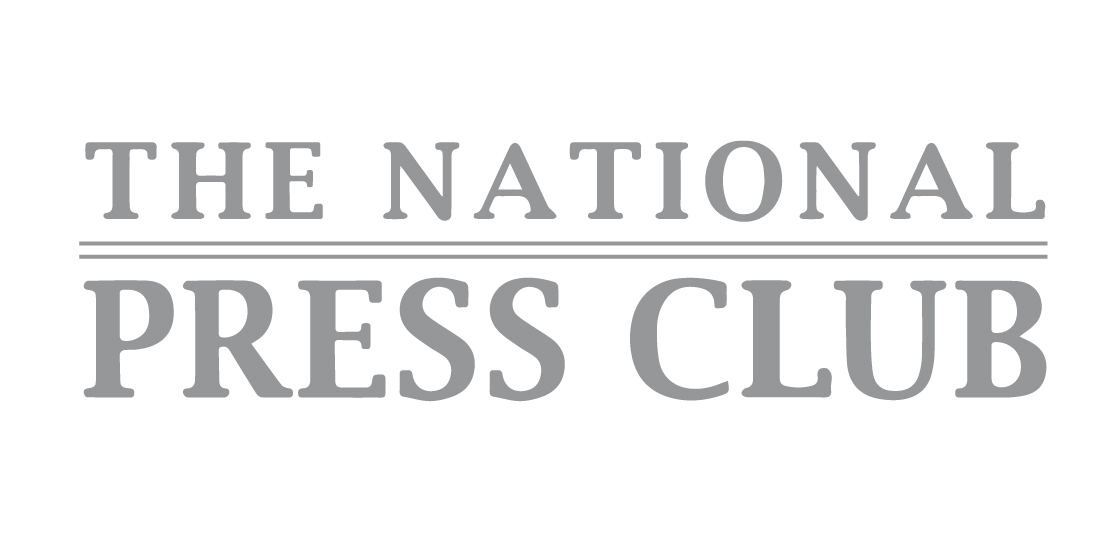
National Press Club Arthur Rowse Award for Press Criticism
“How the Media Inspires Mass Shooters,” Mark Follman

SEAL Environmental Journalism Awards, Winner
Rebecca Leber
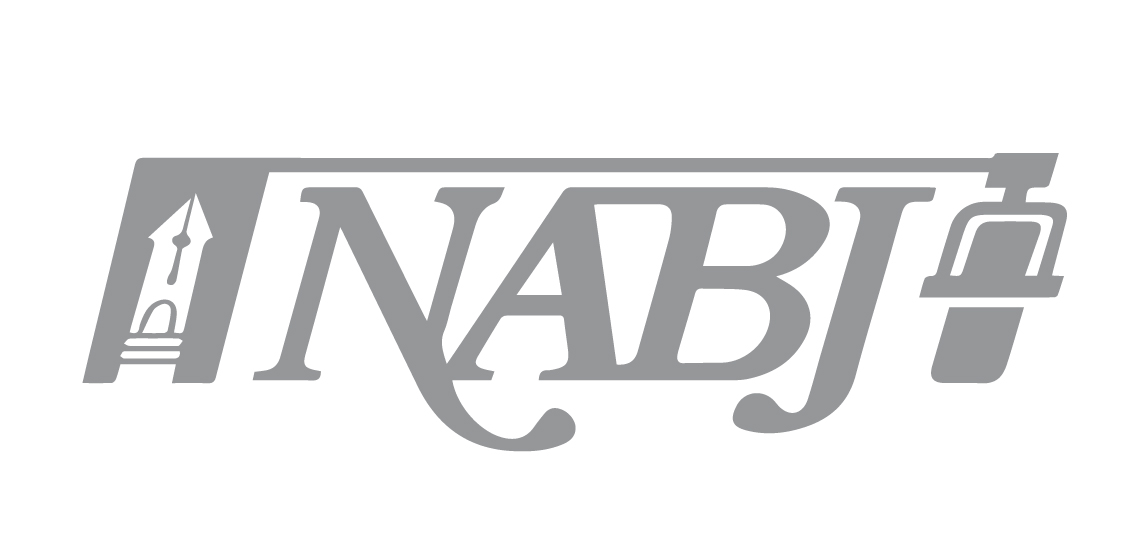
National Association of Black Journalists Salute to Excellence Award
“Black Deaths Matter,” Edwin Rios, Kai Wright, Justin Maxon; and “My Four Months as a Private Prison Guard,” Shane Bauer
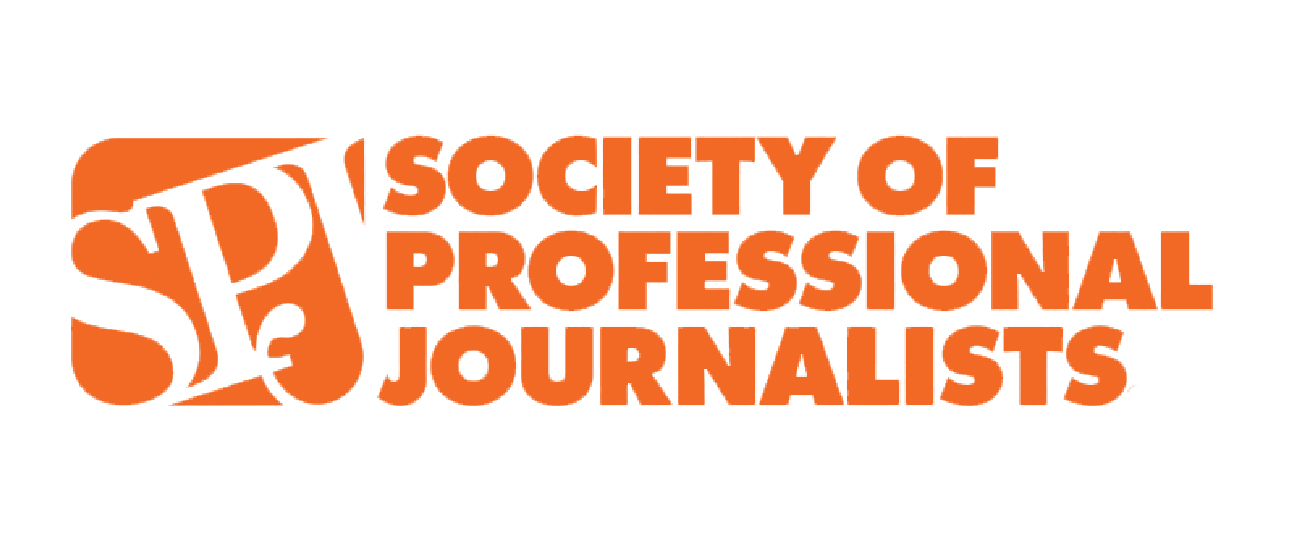
SPJ Northern California Excellence in Journalism Award (Explanatory Journalism)
Opioids Reporting; Julia Lurie
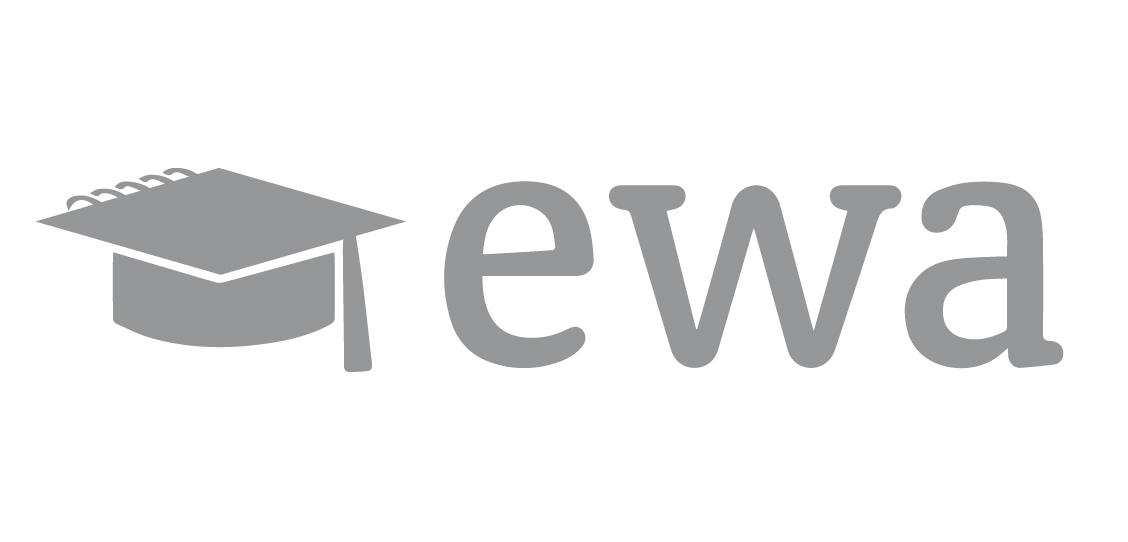
Education Writers Association
“Heavens to Betsy,” Kristina Rizga
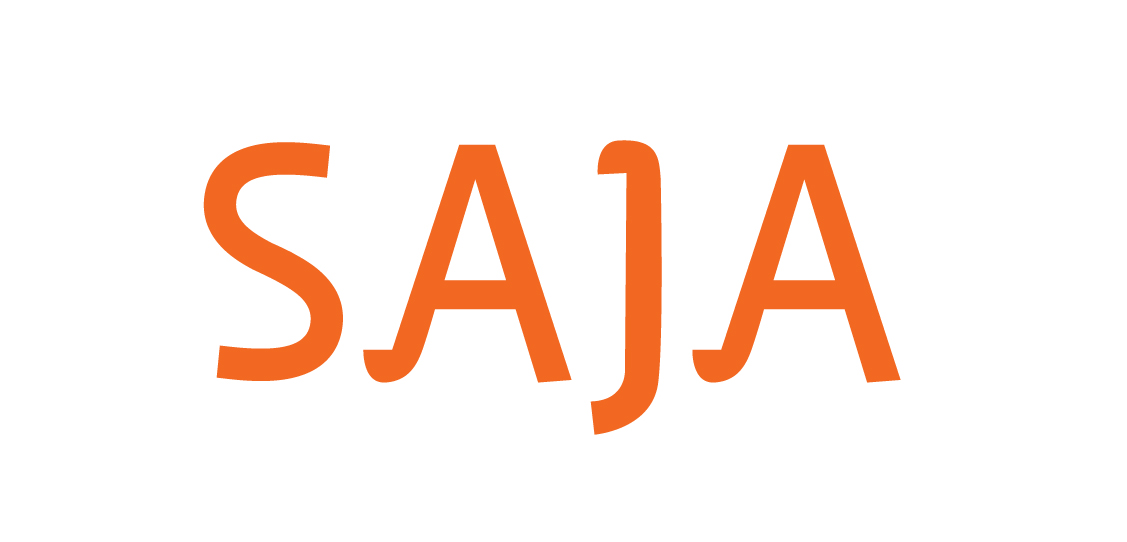
South Asian Journalists Association Awards
“Inside the Growing Guest Worker Program Trapping Indian Students in Virtual Servitude,” Nikhil Swaminathan

Telly Awards
Social Video Series, Silver Winners

Online Journalism Awards (Feature, Medium Newsroom)
“My Four Months as a Private Prison Guard,” Shane Bauer
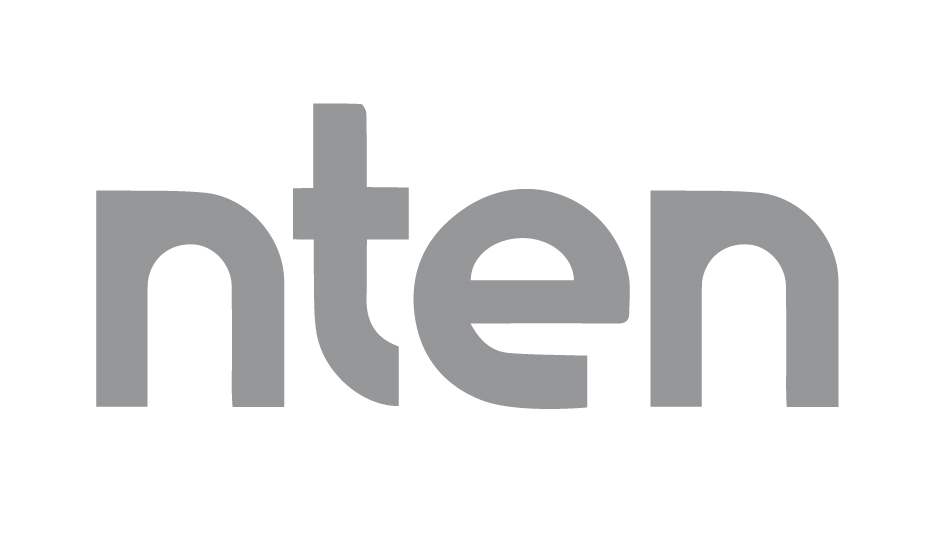
Nonprofit Technology Network (NTEN)
Rob Stuart Memorial Award
Let's hear from the Mother Jones community.
Now that we're going out to everyone in the MoJo community and asking you to help us finish this huge multiyear effort, we want to hear from readers like you. Here's what Kathye Gorosh, who joined The Mother Jones Legacy Society to support investigative journalism for the long haul, said:
“I've spent my whole life working for underserved and vulnerable communities. When I thought about where I could have the largest impact and ripple effect for my money, I immediately thought of Mother Jones. I hope with my gift they are able to thrive for decades to come.”
Embrace The Moment today
Support from readers means the world to Mother Jones. Our journalism would not exist without the generosity of a broad community of donors, and we’re grateful for every gift of support. If you can pitch in $5, please do. If you can pitch in $50, $500, $5,000, or $50,000, please do. The amount you can contribute doesn’t matter; supporting journalism—if you’re able to—that you find valuable does.
Join The Moment for Mother Jones today and your tax-deductible donation will be matched dollar for dollar, up to $650,000 total, by a group of generous donors to double your impact.
If you're able to dig deep, we can work with you to set up a multiyear pledge of support so your gift can provide stable footing over the next several years. Most people choose to spread a gift out over 3 to 5 years.
You can also participate by including Mother Jones in your will or estate plan. Most readers who do this have never been able to write a huge check, but they found a way to leave a lasting legacy by supporting Mother Jones' journalism into the future. And when you include Mother Jones in your will, a donation equal to 10 percent of the expected value of your bequest will be made to Mother Jones right now in your honor, up to $10,000.
